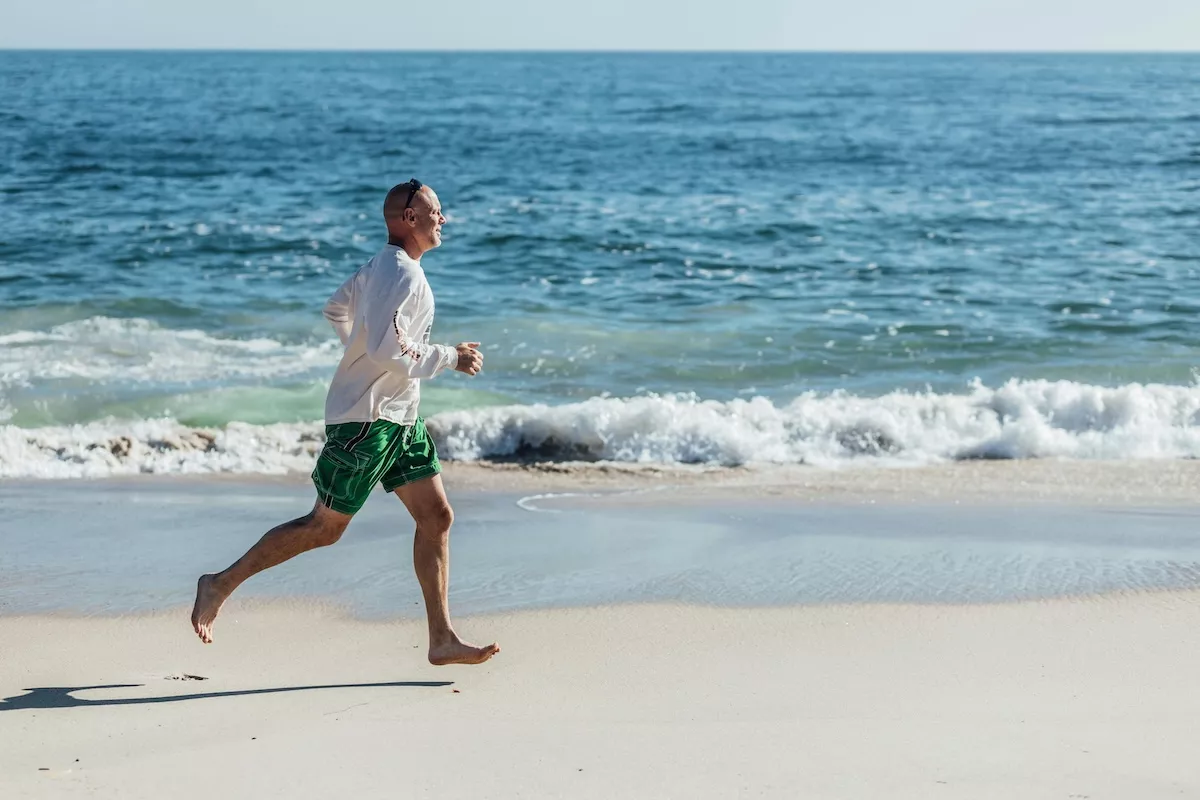I’ve always believed the human body is a masterpiece of engineering — the kind of design that would make any Formula 1 team envious. Yet for decades, most of us have been sabotaging one of its most brilliant components: our feet. We’ve wrapped them in layers of padding and support until they’ve forgotten how to do their job. We’ve essentially turned them into spoiled passengers instead of the powerful, adaptive shock absorbers nature intended them to be.
That all changed for me years ago when I was introduced to Vivo Barefoot — a UK brand that’s been leading the charge in the barefoot movement for years. There are many great barefoot shoe brands out there, but Vivo was my first step (literally) into this world. Their philosophy is simple: reconnect your feet with the ground and, in turn, reconnect with yourself.
I’ve worn Vivo’s for just about everything — hiking trails, airport marathons, and more recently, on coastal adventures wearing their swim-run version, which lets me dive straight into the sea and scramble over rocks like a well-meaning amphibian with questionable balance. They’ve genuinely changed the way I move.
The Anatomy Lesson You Never Got at School
Your foot isn’t just a block of meat at the end of your leg — it’s a biomechanical marvel with 26 bones, 33 joints, and over 100 muscles, tendons, and ligaments. And all of them are designed to move.
When you start going barefoot (or close to it), those systems finally wake up again. The toes spread. The arches lift. The stabilising muscles begin firing like they were meant to. Over time, your feet become stronger, more stable, and more responsive. And that doesn’t just improve your balance — it influences everything up the chain: knees, hips, even your posture.
Running Rewired
Barefoot running changes your mechanics completely. Instead of crashing down on your heel — as most cushioned shoes encourage — you start landing softly on your mid- or forefoot. This reduces impact and allows your body to use its natural springs: muscles and tendons instead of bones and joints.
Your stride shortens, your cadence increases, and your running starts to feel more natural. Every step becomes a conversation between your foot and the earth. There’s something primal, grounding, and oddly meditative about it.
The Diamond Calf Warning
Now for the honest bit: don’t throw on a pair of barefoot shoes and head out for a 10K. You’ll regret it. Your calves will turn as hard as diamonds for a week, and you’ll curse me every time you try to walk down stairs.
Transition slowly. Start with walking, then short runs — five to ten minutes max — and build gradually. Think of it as strength training for your feet. Your body will thank you for the patience.
Why It Matters
Barefoot running isn’t just about fitness; it’s about reconnecting with your own design. We were built to move like this. For me, it’s become a small act of rebellion against modern comfort — and a reminder of how good simplicity feels. There’s something special about feeling the ground beneath you, whether it’s sand, trail, or tarmac.
So if you see someone jogging along the Monaco coastline in shoes that look like they’ve escaped from a science experiment, that’s probably me — smiling, grounded, and enjoying every step.
For anyone curious, start slow, listen to your body — and maybe keep a foam roller handy for those diamond calves.
See also:
Why you’ll never “get everything done” (and why that’s the point)
Stay updated with Monaco Life: sign up for our free newsletter, catch our podcast on Spotify, and follow us across Facebook, Instagram, LinkedIn, and Tik Tok.
